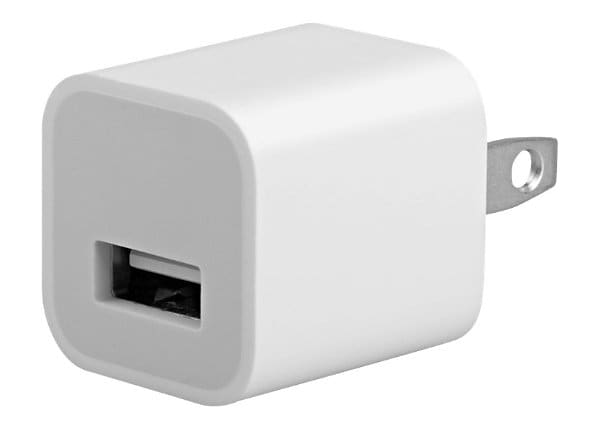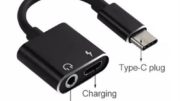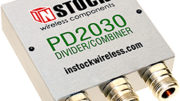Wireless charging is a great technology. You know this if you have a fairly recent phone. There’s no cord to worry about… just put the phone down on the pad and it begins to charge. But, sometimes it doesn’t.
Proper placement and other things you’ve already tried
The most important thing with wireless charging is that the charging coils on the pad line up with the phone. But then, we all figured that out on day one. We’ve all learned to slide the phone back and forth until we see the “charging” icon.
We’ve also all learned that sometimes our pets knock the phone off the pad. This happens, and there isn’t much you can do about it. For most people it’s a rare occurrence.
But what about when your phone has been on the charging pad all night, when you’re seeing the charging icon, and it isn’t charging? Of course, the first thing you’ll want to do is reboot it. But most of the time that doesn’t make a difference. No, there’s something at work here and you probably never thought about it.
The real problem
The real problem is almost always the port you have it plugged into. Most wireless charging devices will require a minimum of 2.5 watts (5 volts at 500milliamps.) This is generally the minimum amount of current you can get from a USB port on a computer. However, it’s not the minimum amount of power that a USB port can supply.
If you are using an unpowered USB hub (in other words, it doesn’t plug into the wall as well as the computer) then all the devices on that hub are sharing the power your computer provides. If you have four devices plugged in, each may only be getting .625 watts (5 volts at 125 milliamps.) This might be enough to light the indicator light on the pad, it might be enough to show the charging icon, but it’s not enough to charge your phone.
If you’re plugging the pad into a USB port on another device (like a DIRECTV receiver) it’s probably only getting 1.25 watts (5 volts at 250 milliamps.) Again, this will turn on the indicator light and your phone will show that it’s charging, but either it will charge slowly or it won’t charge at all.
Fast charging makes it worse
If you have a phone and charging pad capable of fast charging, the problem just gets worse. Fast chargers supply up to 23 watts (5 volts at 4.6 amps) and they may not work at all with power adapters that aren’t designed for them.
The solution
The solution is simple. Never plug a wireless charging pad into anything but a suitable power adapter. You’ll sometimes find the specs for the adapter on it somewhere. More likely you’ll need to search the internet for them. Here’s a quick rundown of chargers you can use:
Your typical “cube” style power adapter will supply 5 volts at 1 amp. This isn’t enough for fast charging but it’s enough that most budget-priced charging pads will work. Here’s one you can get at Solid Signal that’s a little more stylish.
iPad-style chargers will usually put out 12 watts (5 volts at 2.4 amps.) Here’s one you can get at Solid Signal. This will definitely power any wireless charging pad unless it calls itself “QC 2.0” or “QC 3.0.” QC-rated chargers rely on communication with the device to make sure it’s ok to start charging at a high speed. If you have a QC-rated fast-charging wireless charging mat, you’ll see your device start to charge and then stop fairly quickly.
If you have a quick charging mat that requires QC 2.0 or QC 3.0 to work, you’ll want to have a charger that supports that, or that supports USB-PD. A charging device like the one you see above will give you everything you want. You can also find dedicated USB-PD adapters which will give you up to 36 watts (5 volts at 7.2 amps.)
Should you be worried that you might overcharge the phone?
In general, devices only pull the number of amps that they need. All these chargers supply 5 volts, which is the right amount for your phone. The number of amps shown on any of these chargers is the maximum it will supply, not the amount it will supply constantly. So, you should not be concerned that you will overcharge the phone or damage the charging pad if you are using a power adapter that supplies too much current.






